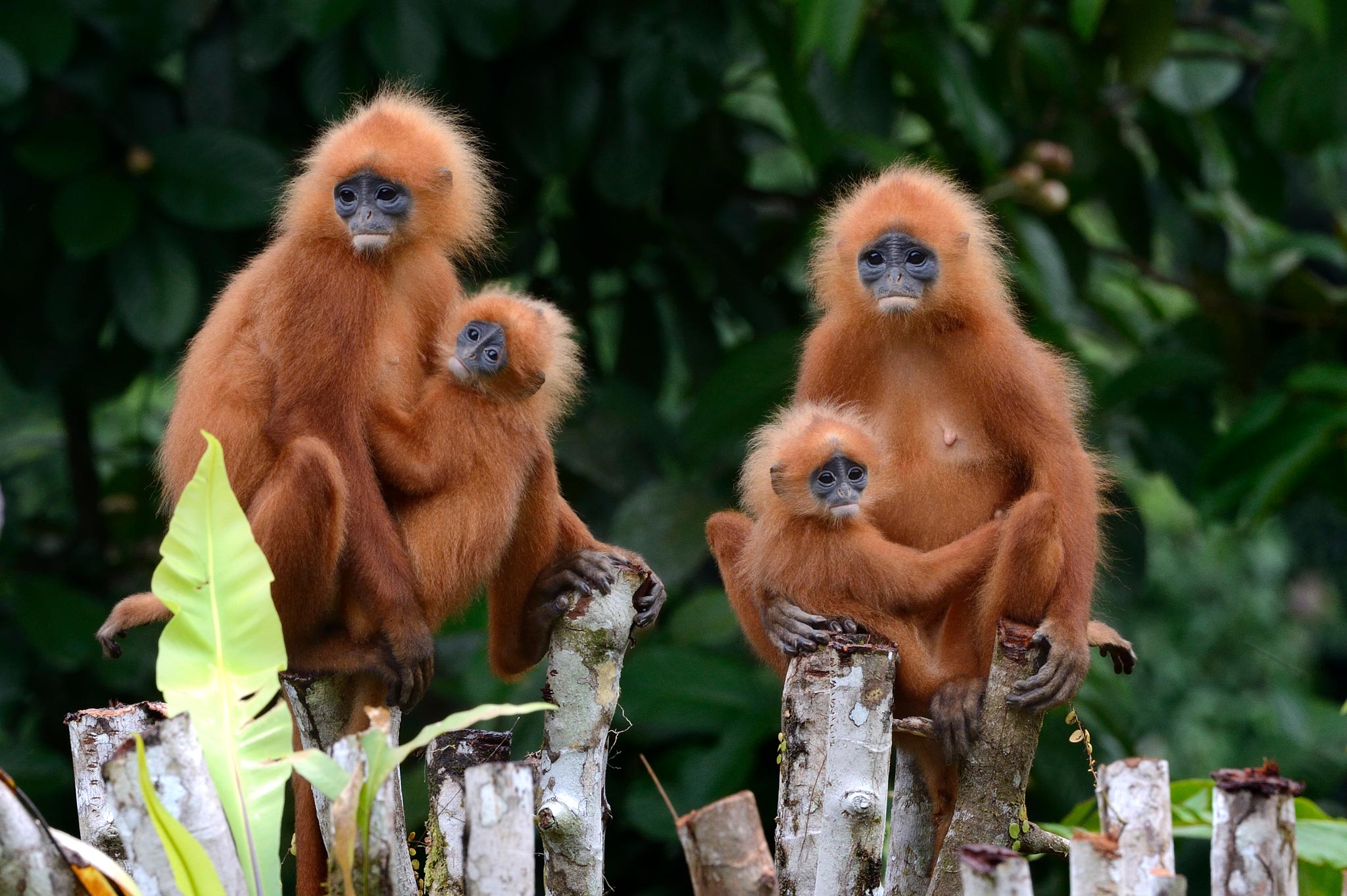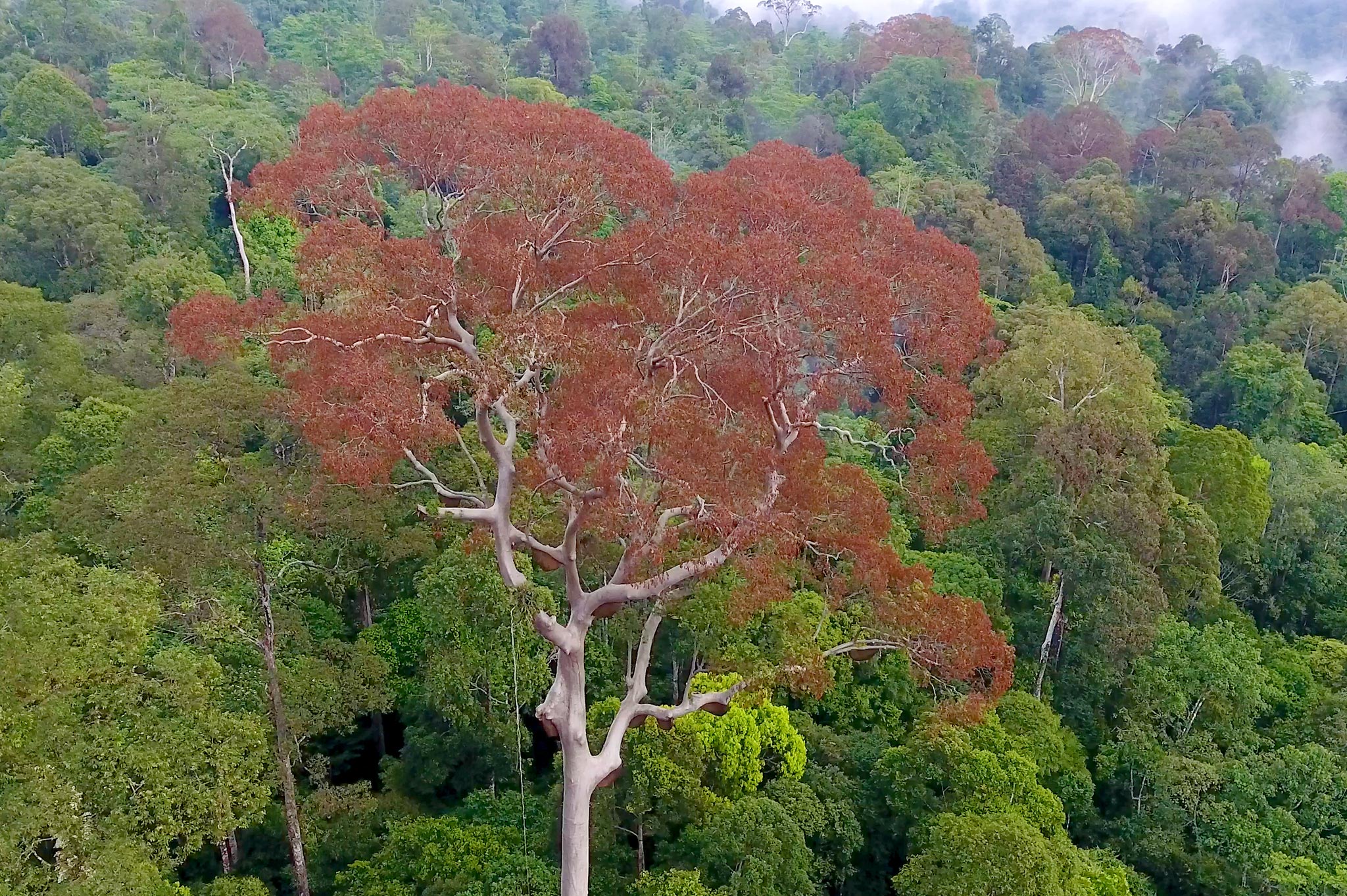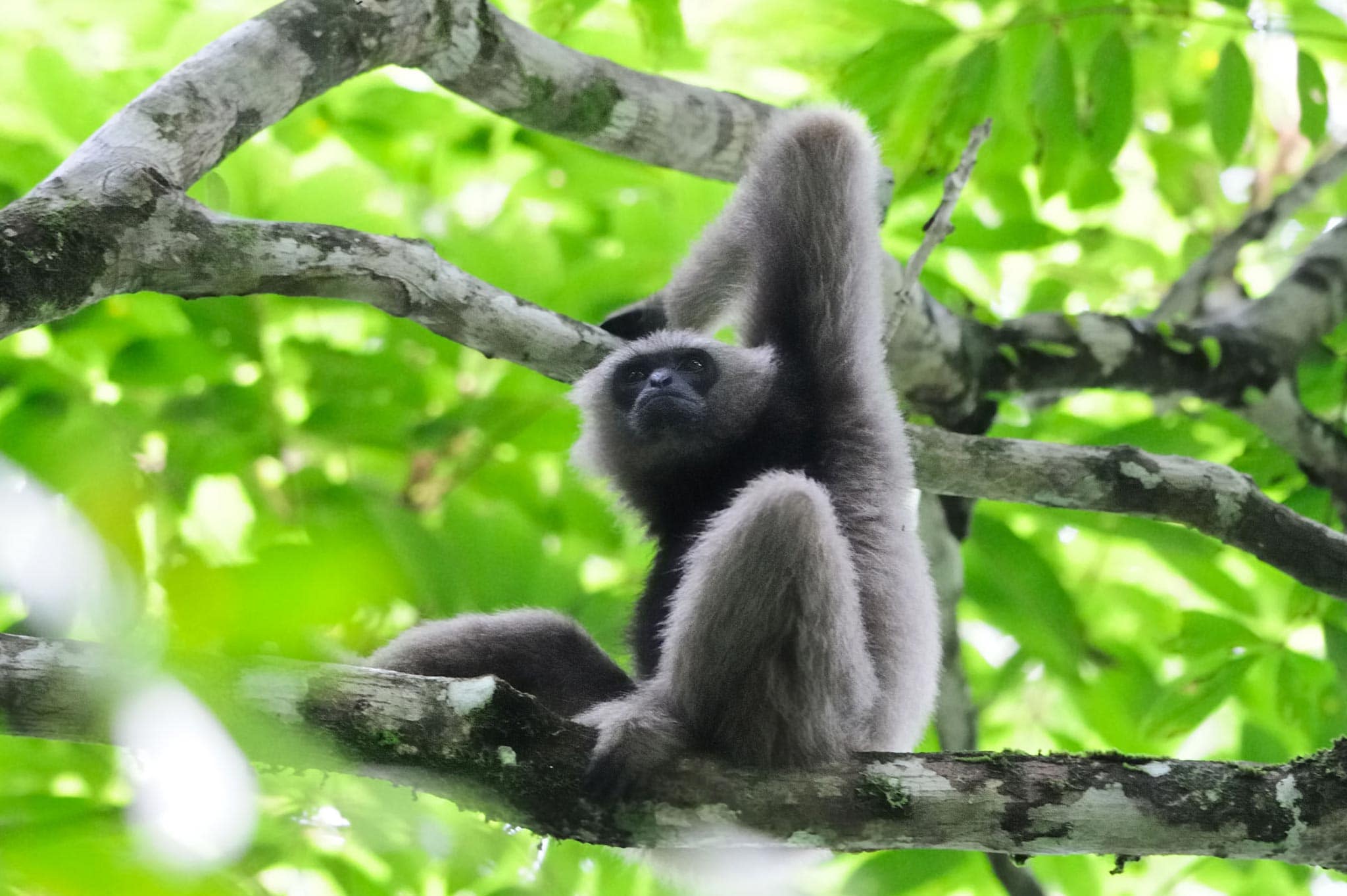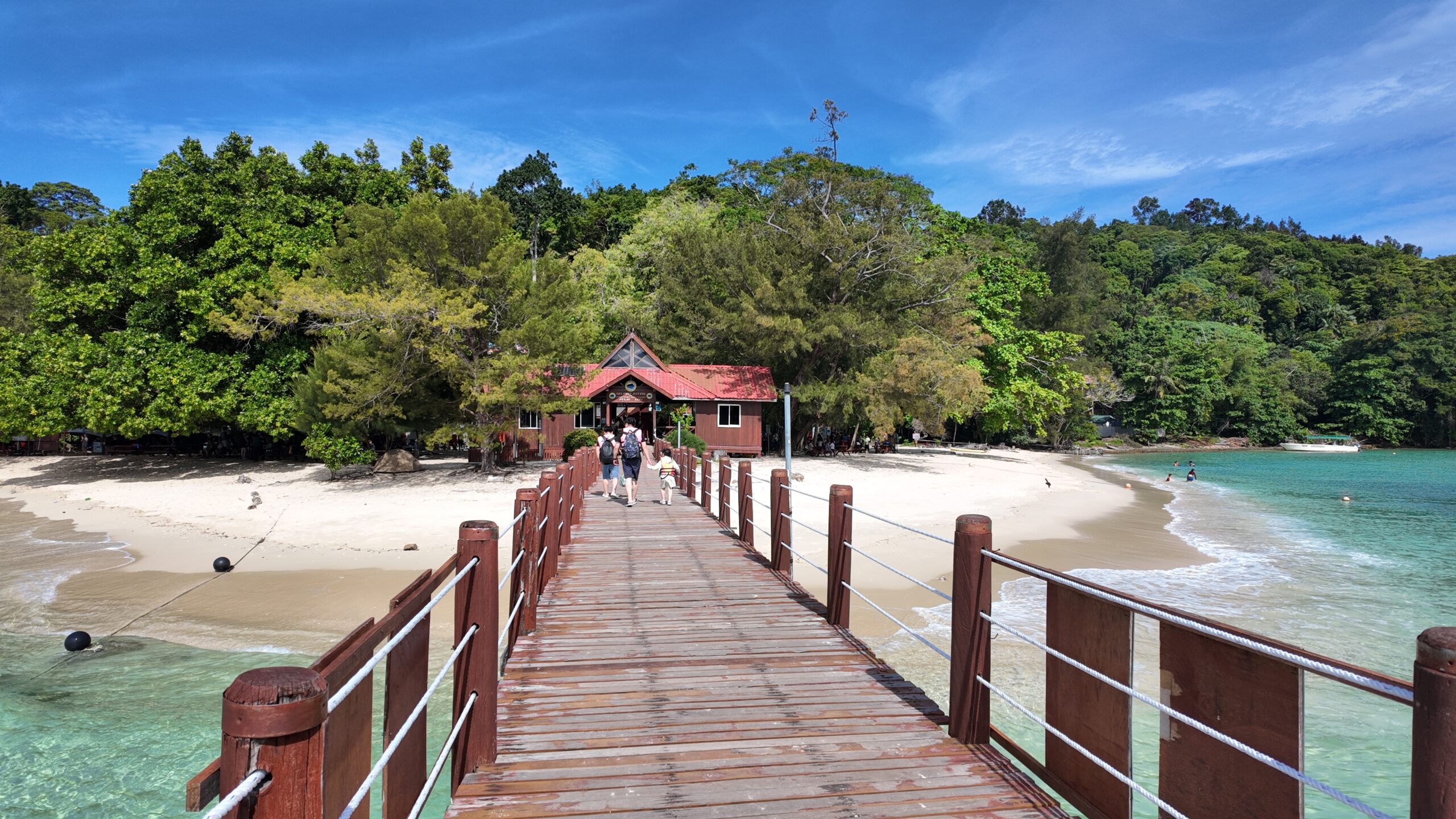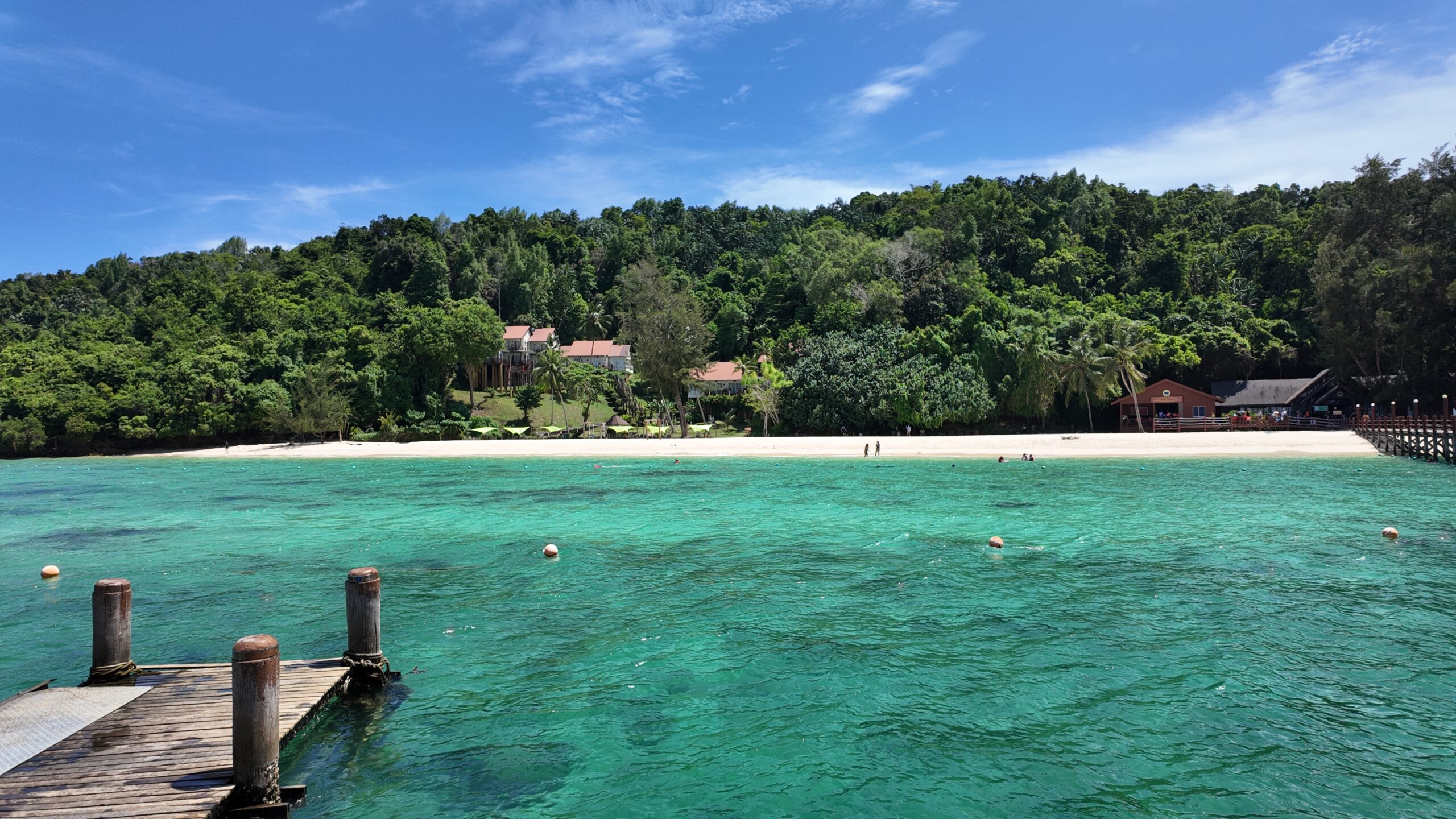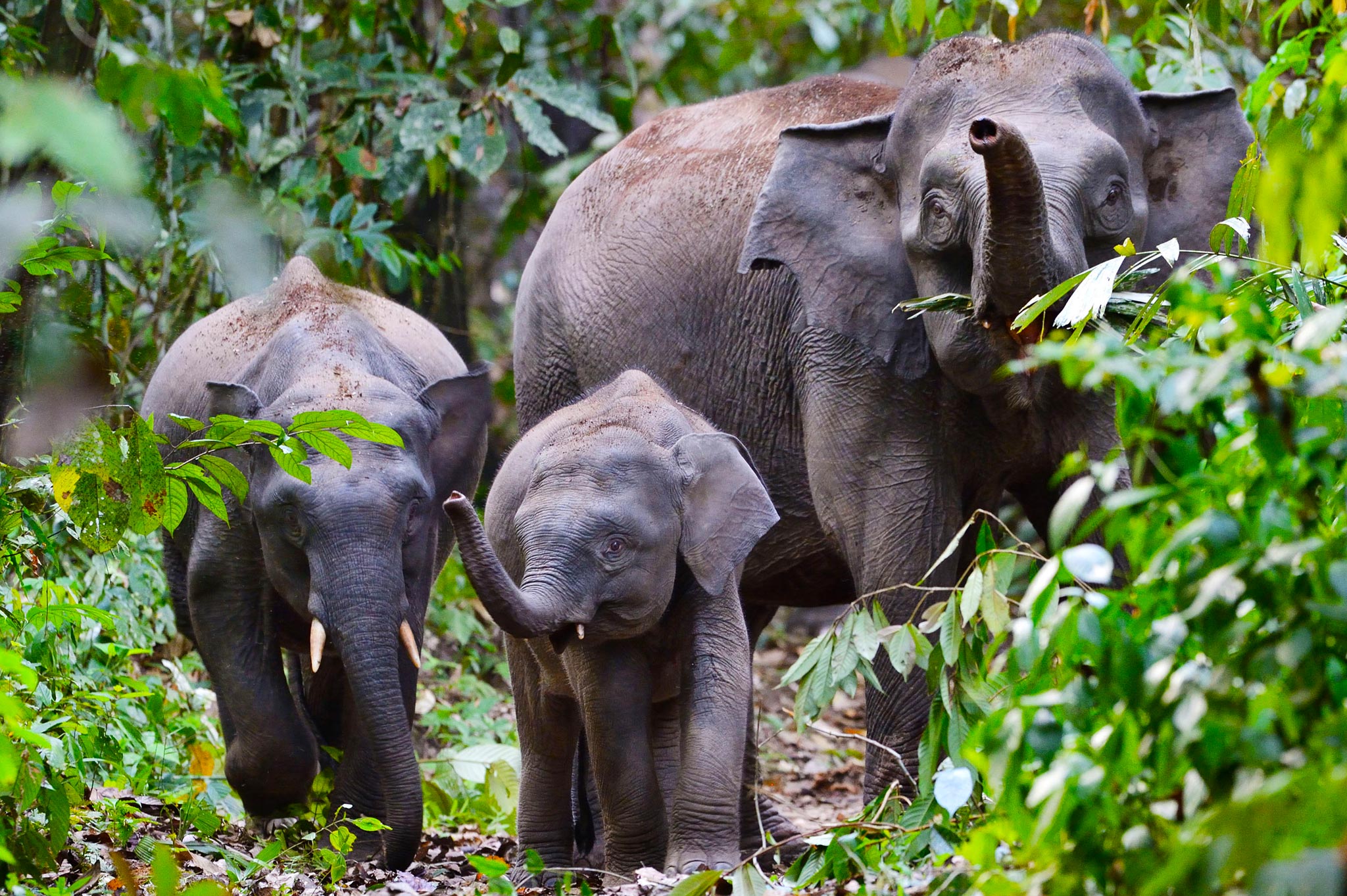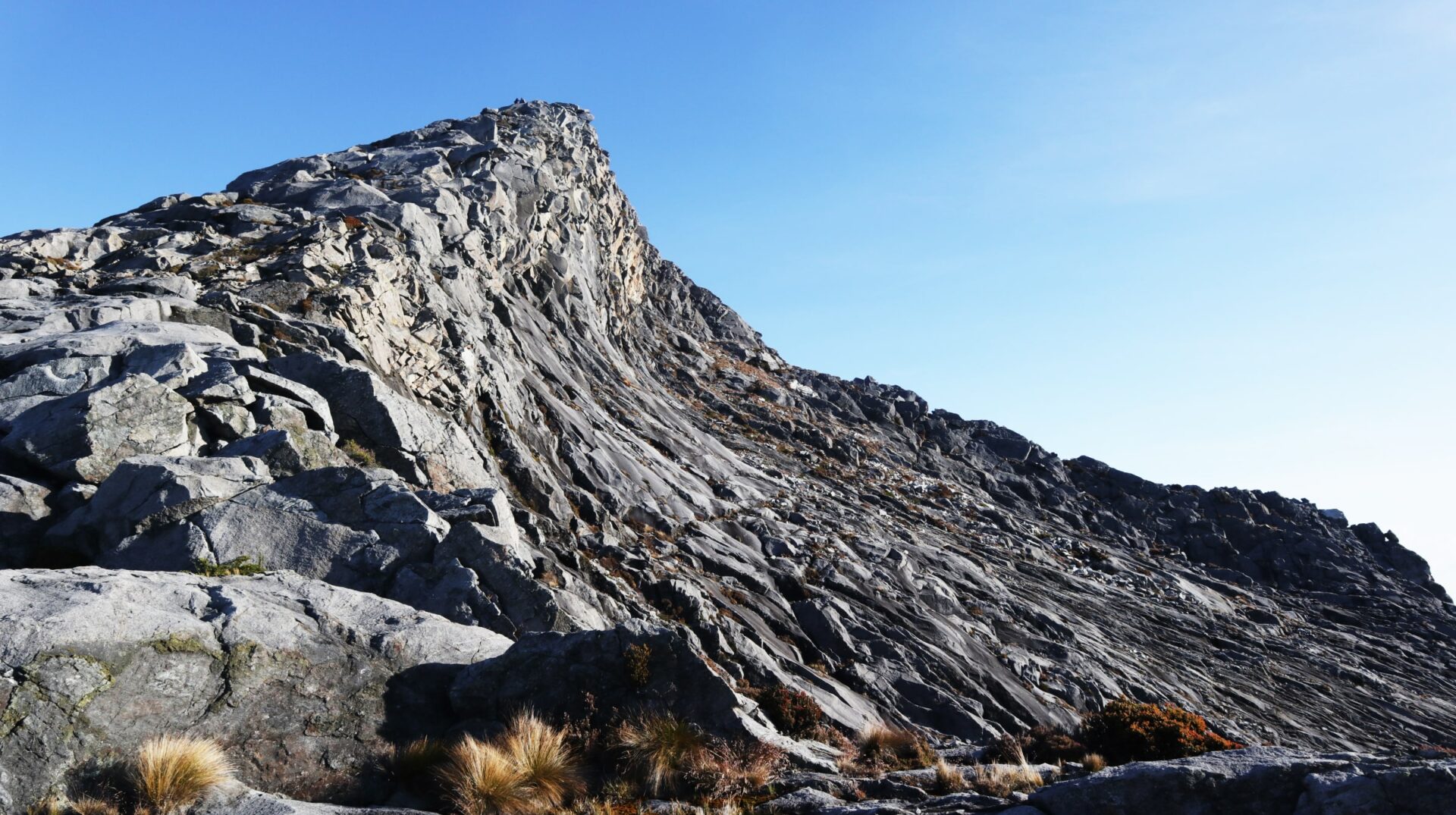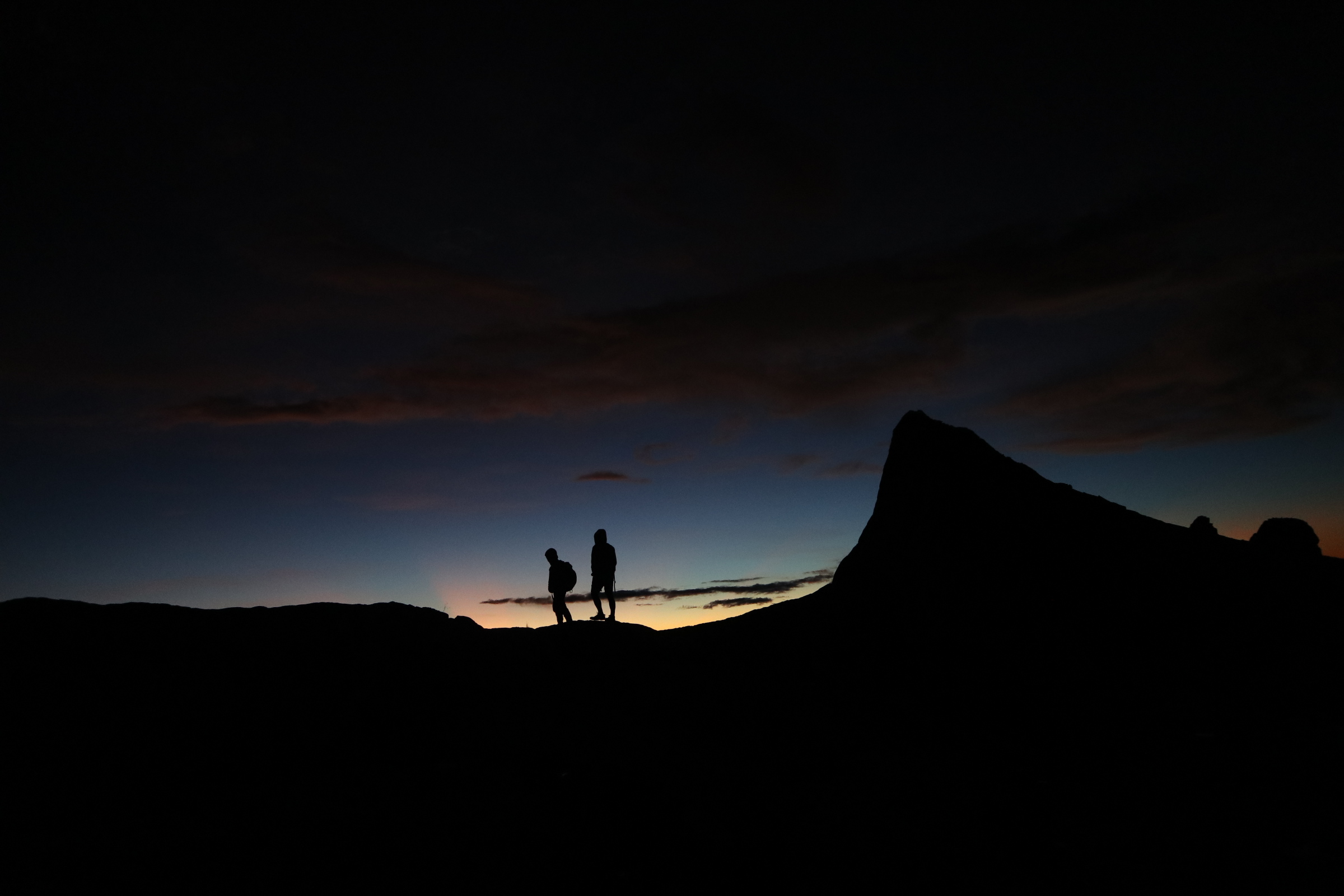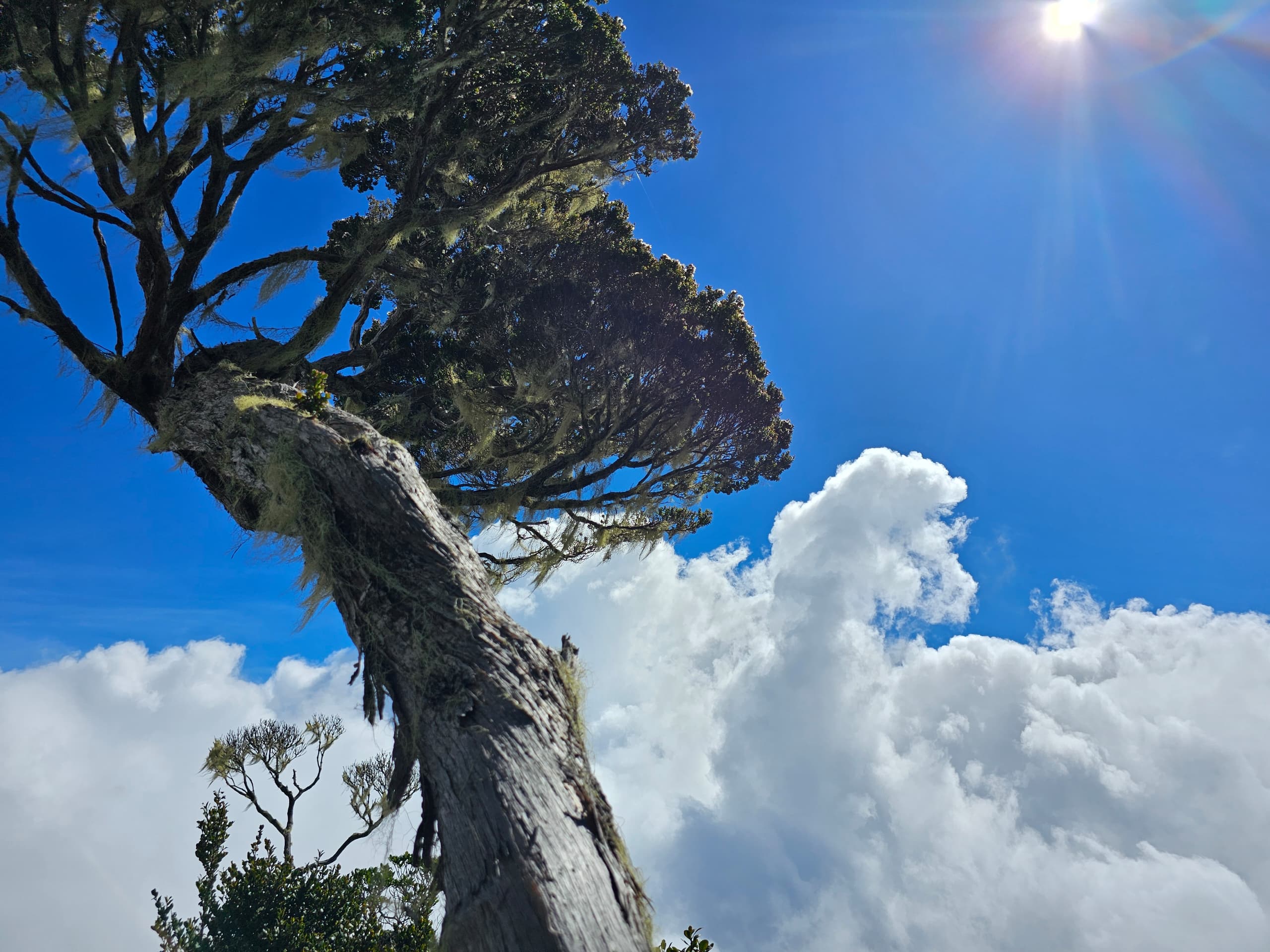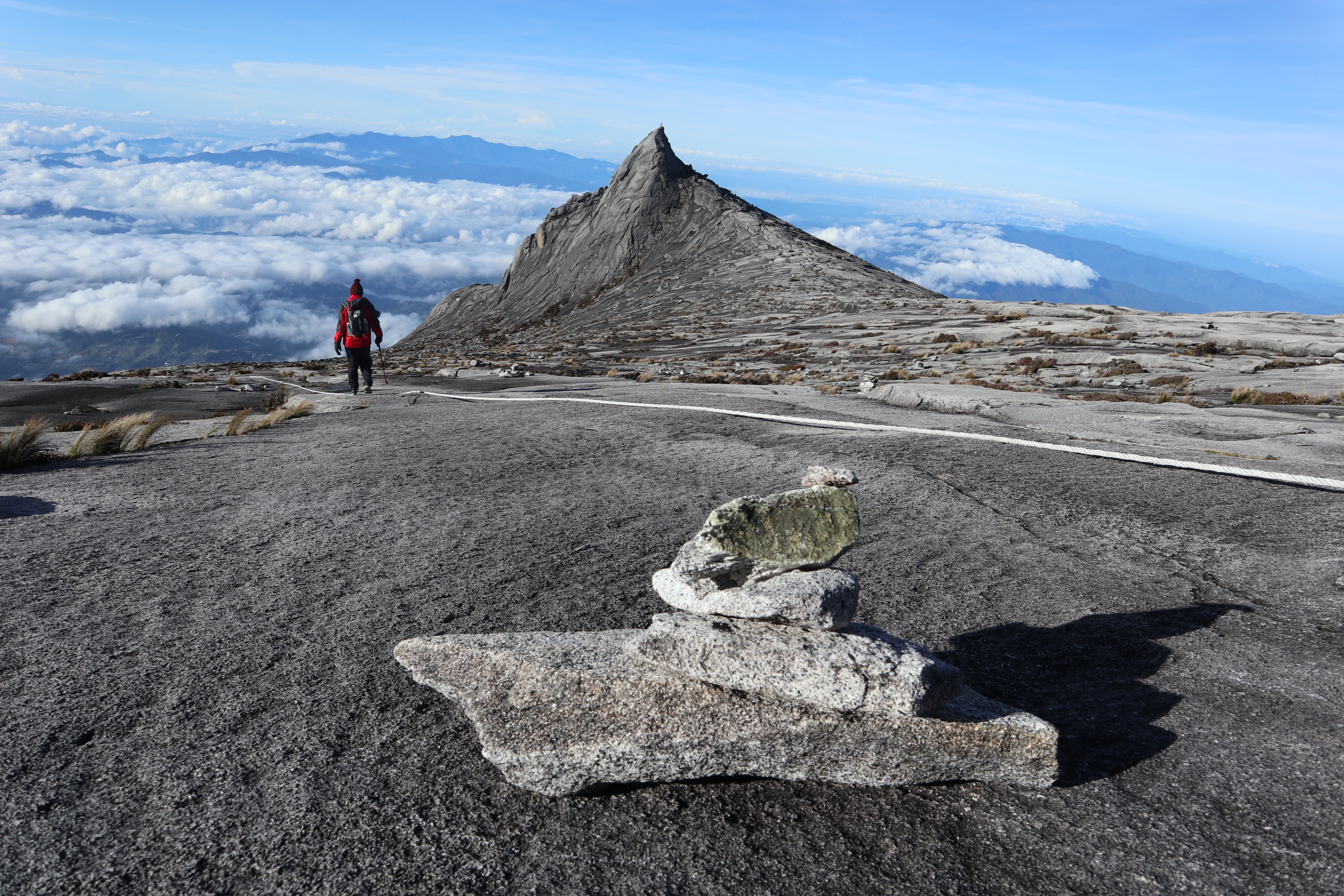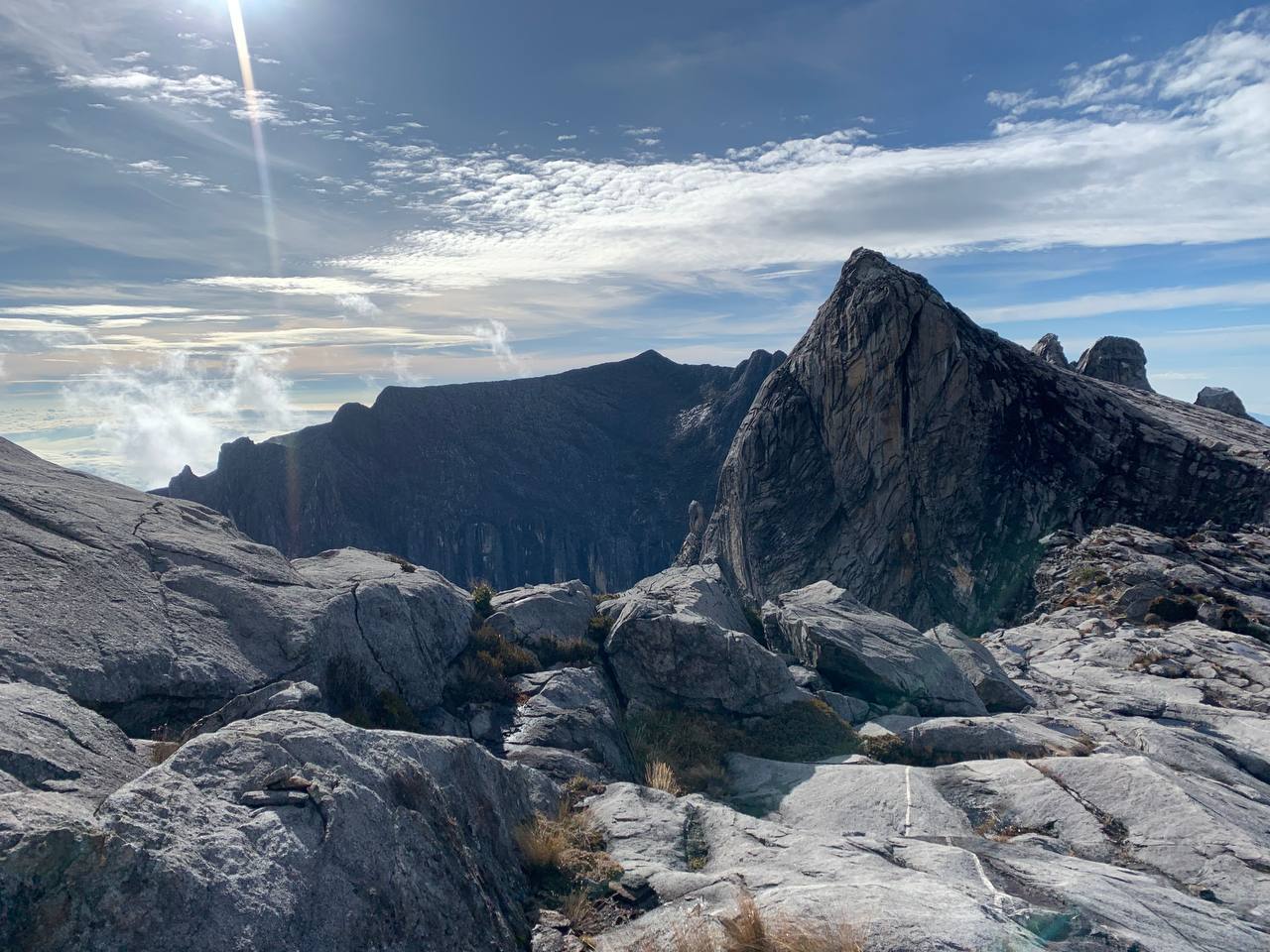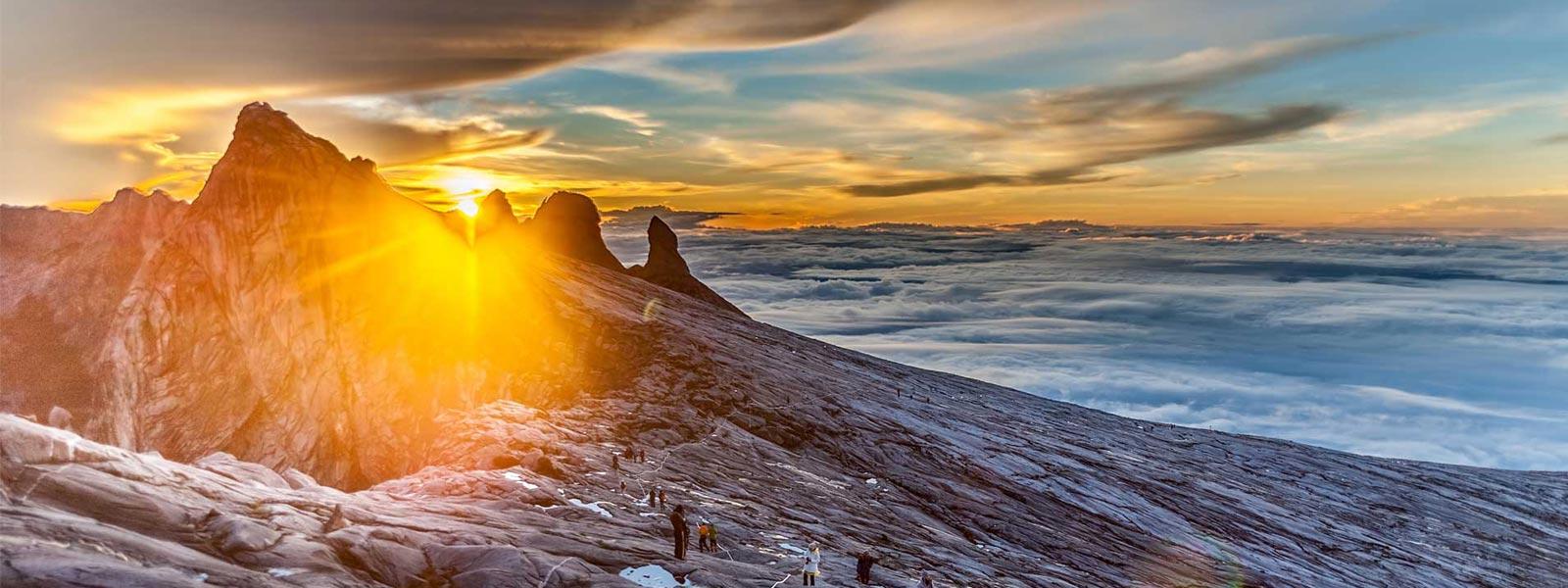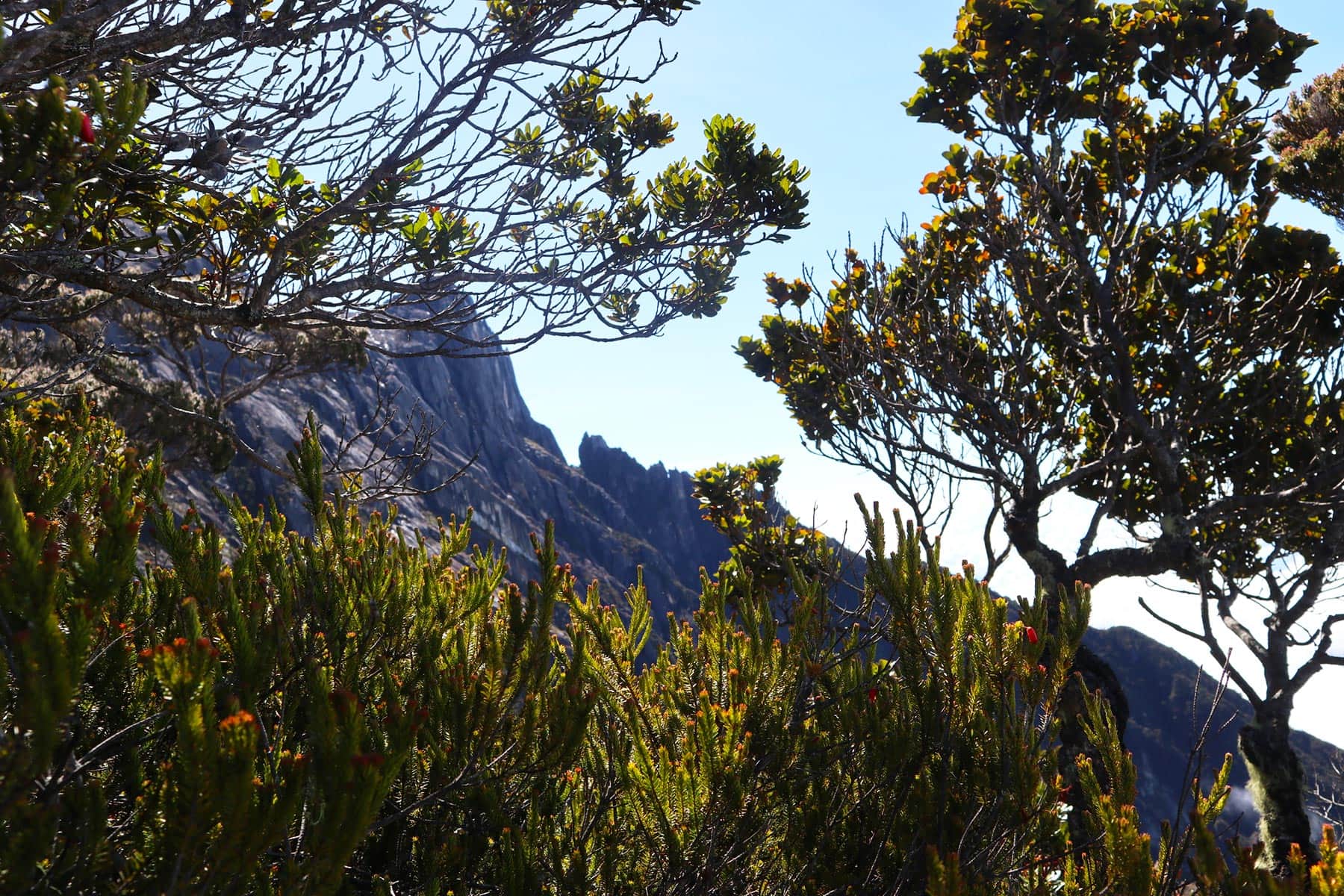Mount Kinabalu hiking tips
The Mount Kinabalu climb is one of Southeast Asia’s most rewarding adventures. This physically demanding trek takes you through diverse landscapes and culminates in breathtaking panoramic views from one of Borneo’s highest peaks. With proper preparation, your Mount Kinabalu climb can be both safe and unforgettable.
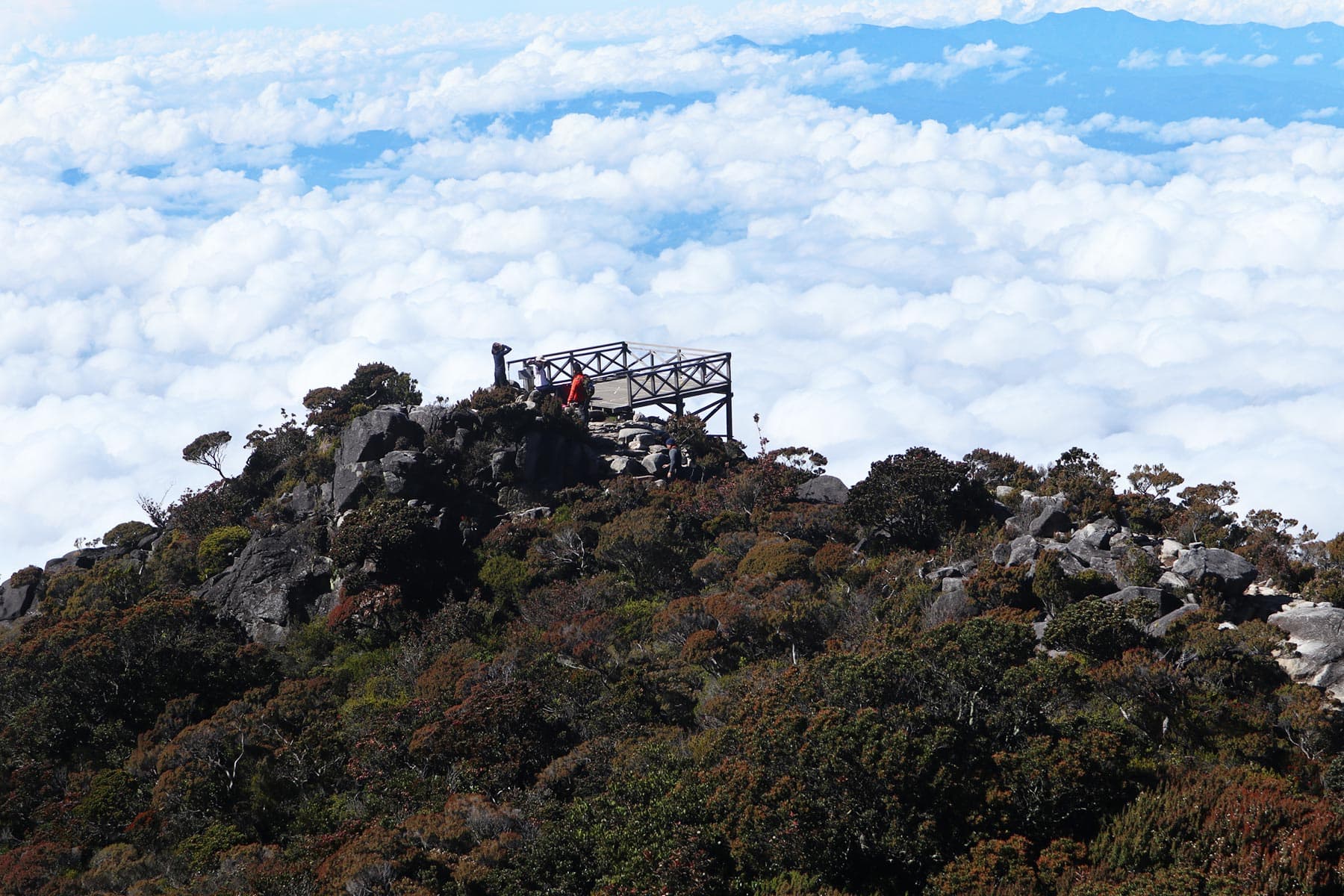
1. Research the Mount Kinabalu Climb Thoroughly
Do your research on the climb prior to setting out. Understand the Mount Kinabalu trail routes, elevation gains, climate variations, and terrain challenges. This will help you to plan accordingly and pack appropriately. Knowing what’s ahead will help account for any conditions or challenges before they arise.
-
Study the trail.
-
Check average temperatures and weather forecasts.
-
Learn about acclimatization stops and summit cut-off times.
Tip: Read our full Mount Kinabalu Trail Guide for detailed maps and route comparisons.
2. Prepare and Pack the Right Gear
They said, your success heavily depending on your gears. Prior to climbing Mount Kinabalu, make sure to give your gear the necessary maintenance and care. This includes checking for tears or damage as well as performing a thorough cleaning to ensure that all equipment is functioning properly. Make sure to also have essential components such as lightweight hiking shoes with good grip, trekking poles, headlamps, and clothing layers ready for packing. Complete gear checks should be performed days before the climb and be aware of any weather adjustments that may require additional items in your bag.
Essential Mount Kinabalu gear checklist:
-
Lightweight waterproof hiking shoes with good grip
-
Trekking poles
-
Headlamp (for summit climb at 2 a.m.)
-
Thermal layers, windbreaker, gloves, and hat
-
Hydration pack and high-energy snacks
Check out our Ultimate Mount Kinabalu Packing List for a full breakdown.
3. Train Your Body for the Challenge
Don’t underestimate the physical demands of Mount Kinabalu. Before your climb, it is important to train your body for challenging journey ahead. Aim for steady workouts especially in the quads and calves, combined with short rests of varying intensity levels. Begin training at least 4–6 weeks in advance. Regular exercise will also help become familiar with carrying a heavy load which can build up strength as well as muscle endurance needed for longer climbs or intensive summit ascents.
Focus on:
-
Stair climbing or uphill hikes
-
Leg and core strength (quads, calves)
-
Cardiovascular endurance
-
Walking with a loaded backpack
Start with moderate hikes and progressively increase intensity. Conditioning helps reduce fatigue and risk of injury.
4. Set Realistic Altitude Goals
Mount Kinabalu’s summit, Low’s Peak, stands at 4,095 meters (13,435 feet). It’s important to mentally and physically pace yourself. Before your climb, you should set an altitude goal for yourself to work towards. This can help create structure and focus as well as motivate you during your expedition up the peak. You may also want to consider breaking your climb into sections or sections of a certain distance. Doing this can allow time between rest stops while providing motivation to reach each stop along the way. The important thing is to have achievable goals that can gradually build upon one another until reaching the summit.
-
Break the climb into achievable milestones.
-
Focus on reaching each rest stop rather than the summit all at once.
-
Take your time to acclimatize and stay hydrated.
5. Book a Licensed Guide in Advance
Hiring a registered mountain guide is mandator, safety should always be your top priority. To ensure the best and safest possible experience for yourself and those around you, make sure to hire a licensed guide from a reputable tour company or agency. Planning ahead can also help ensure that you’re well-prepared for your trek. This includes researching different tour packages that suit your physical and health condition (Normal Mount Kinabalu Hike or Mount Kinabalu Hike with Via Ferrata), bringing appropriate gear to bring for your Mount Kinabalu climb, planning rest stops along the way, and considering potential weather conditions you may encounter during your climb.
-
Choose a reputable operator certified by Sabah Parks.
-
Consider tour options like the Via Ferrata climb for added thrill.
-
Ensure the guide checks your health status, weather updates, and gear readiness.
Lastly, good luck with your Mount Kinabalu Climb.


